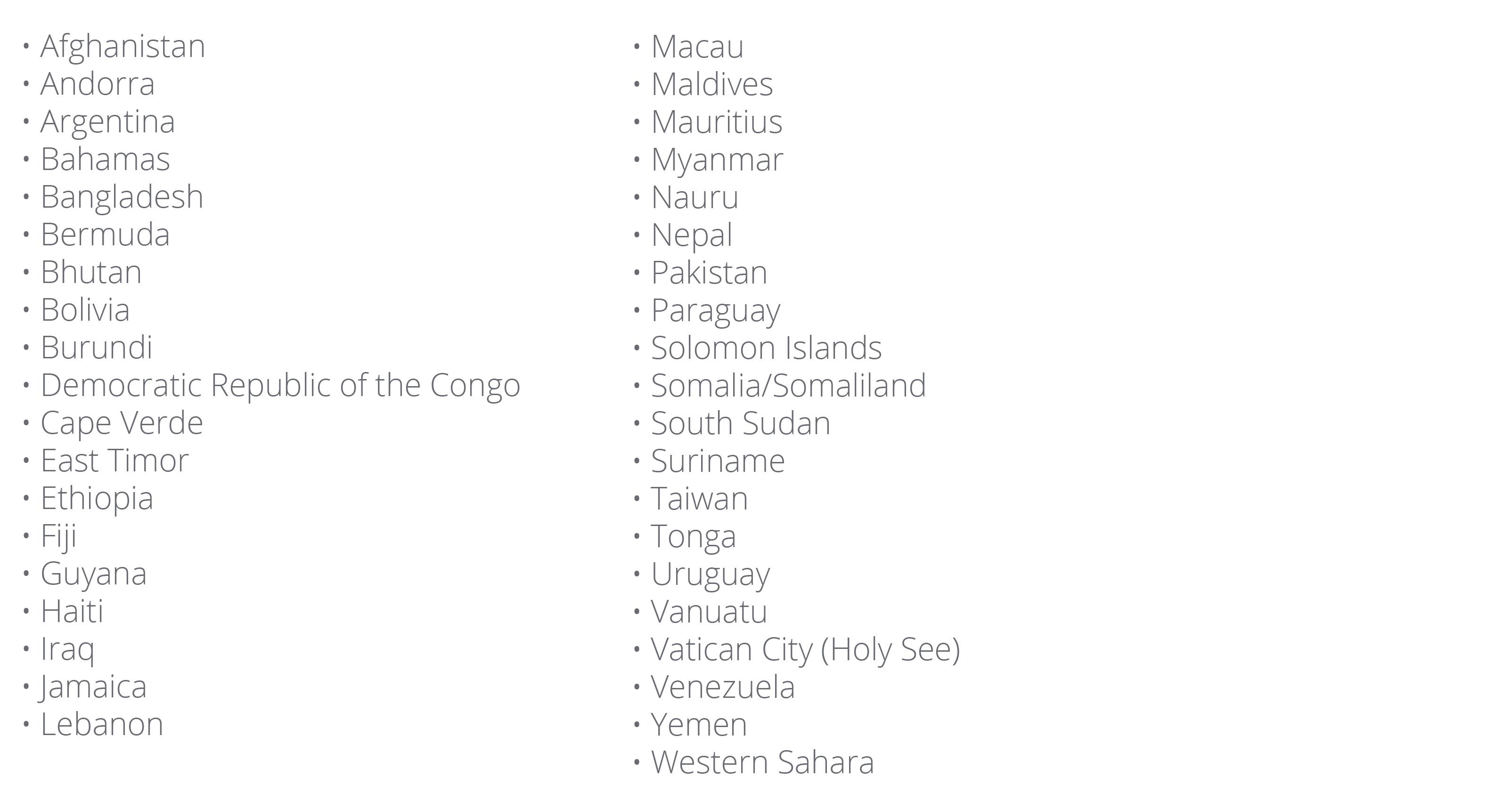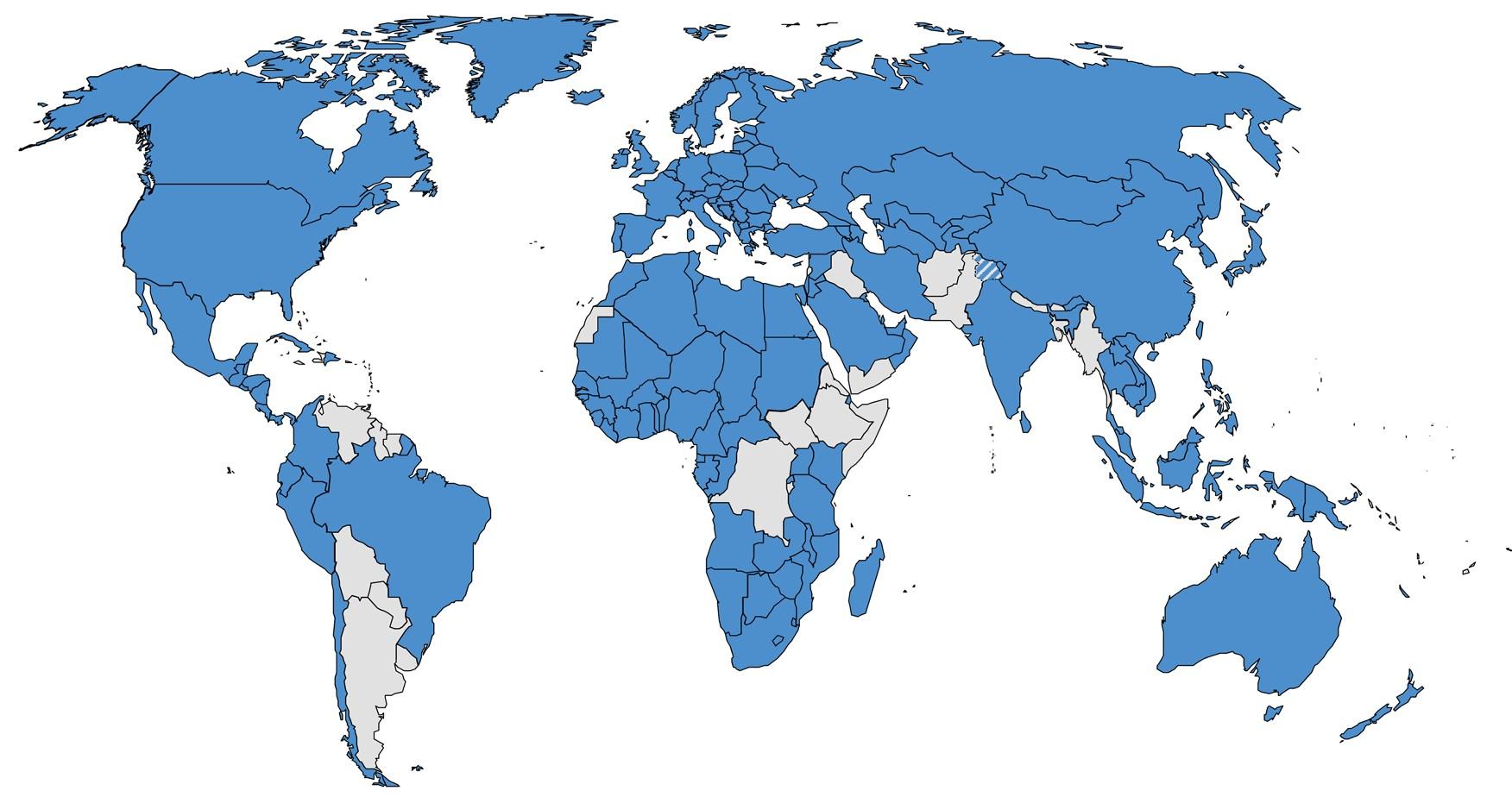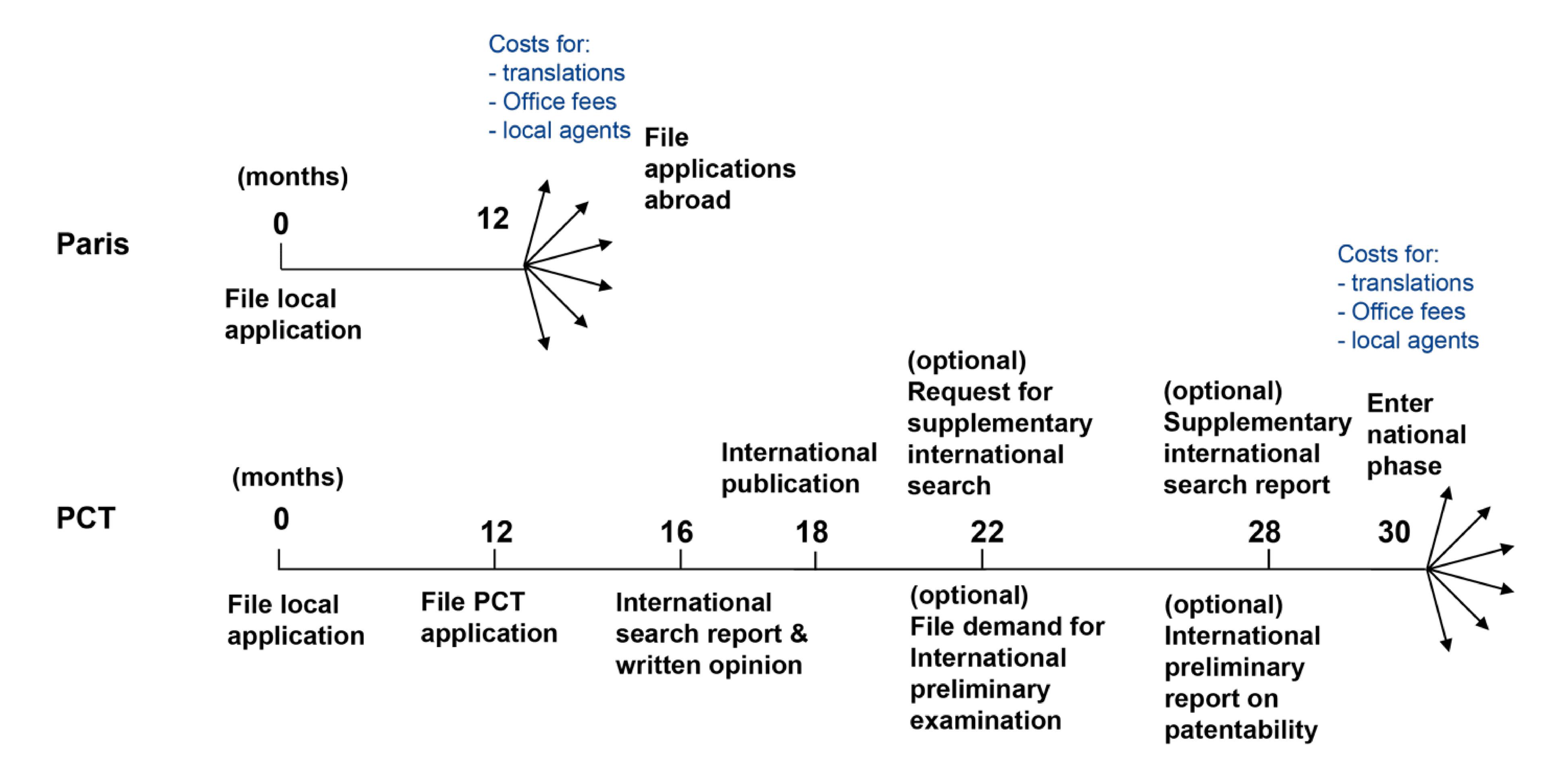
Which countries do not belong to the International Patent System?

While called “international” patent, not all countries are covered.
The Patent Cooperation Treaty (PCT), commonly referred to as International Patent, provides a common application mechanism for inventors wishing to protect their inventions around the world.
The PCT is useful because it allows inventors to have access to an International Search Report, which provides a non-binding opinion on the patentability requirements, allowing them to know if the patent has a greater chance of being granted, if it should be withdrawn or if amendments are necessary to further differentiate it from the current state of the art.
On a more procedural perspective, the PCT created a process of standardization of proceedings, forms and relevant deadlines, across IP Offices of all contracting parties, culminating in a total of 30-month* for the applicant to choose the countries where protection for his invention should really be sought, counting from the date of first application (i.e. priority date).
However, like other international treaties, not all countries have ratified the PCT. It currently has 153 contracting parties (2020), while the United Nations has 193 full members. As such, the above mentioned advantages cannot be applied worldwide, namely the 30 month limit to decide the countries where protection is sought.
Here’s the list of countries or regions that do not belong to the PCT (April 2020):


Countries in blue are PCT members, while countries in gray are not.
Source: WIPO (2020)
Using the Paris Convention
If a country is not member of the PCT, the Paris Convention for the Protection of Intellectual Property (1883) can be used during the definition of the internationalization strategy. While the Paris Convention does not provide an international examination procedure, it does provide a 12-month limit from priority date to file a patent abroad, which is best described visually.

Source: WIPO (2020).
The Paris Convention has a broader geographical scope and covers 177 countries (2020). Using the Paris Convention should be deemed a priority if the patent applicant is interested in protecting his invention in South America, namely Argentina, Bolivia, Uruguay, Venezuela, Guyana or Paraguay. While not part of the PCT, these countries have ratified the Paris Convention.
Other countries while not members of the Paris Convention, applies its provisions including the 12-month limit to submit patents first filed abroad. Cape Verde is a noteworthy country is this category, as its national IP Code recognizes priority rights. Even if a country is not a contracting party to the Paris Convention, it can still be argued that the provisions of this treaty are applicable due to article 2 of the TRIPS agreement. TRIPS is mandatory from WTO members which reinforces its geographical scope of applicability. Cape Verde, as a member of the WTO, is again an example.
Other countries bounded by the Paris Convention but not the PCT can be found at WIPO’s website.
Countries without Intellectual Property Laws
Regardless of the adherence to international treaties, a patent applicant seeking worldwide protection would still face one last obstacle – some countries do not have Intellectual Property Laws or Patent Acts. Countries such as East Timor, Suriname, Somalia, Eritrea or the Maldives do not have local laws that regulate the granting or enforcement of patents.
Regularly publishing Cautionary Notices in leading local newspapers, with a description of the invention, can act as a deterrent for infringers and can be used as proof at courts of law using broader legal institutes, such as liability claims or civil responsibility. These countries will gradually adopt IP Laws, such as Myanmar which has recently approved its first Patent Act.
Using regional patent organizations or agreements
Another way of protecting patents abroad or expand the time-limits to do so, results from regional organizations or agreements. While signatories of the PCT, Luxembourg and Tanzania apply – respectively - a 20- and 21-month limit to submit patents at the local patent office.
However, using regional agreements can expand the deadline to enter national offices to 30/31 months from the priority date. That is the case for the European Patent Organization and Luxembourg or the African Regional Intellectual Property Organization (ARIPO) for Tanzania. This is beneficial workaround that provides applicants with an extended period to file their patent in Luxembourg and Tanzania.
Contrary to the above is the Gulf Cooperation Council (GCC) which is not a member of the PCT, while all its member countries are, including Bahrain, Kuwait, Oman, Qatar, Saudi Arabia and UAE.
Also noteworthy is Hong Kong and Macau which have independent Intellectual Property systems from Mainland China and have signed agreements with other IP Offices which result in the local protection of PCT applications. Hong Kong recognizes PCT applications that have entered the national phase as European, United Kingdom or Chinese Patents. Macau recognizes PCT applications filed in Mainland China and has non-applied provisions for recognition of European Patents.
Final remarks
There is a wide range of possibilities when it comes to filing patents abroad, directly resulting from the adherence to international treaties. As a result, patent applicants should identify their intended geographical scope of protection early on, so that that the most cost-effective solutions to patent filing are considered. While some workarounds may apply, applicants need to be aware of strict deadlines that need to be met so that protection in countries that are important to their business is not neglected.
*Depending on the country, the standard deadline can be of 31 months. Canada, China, Turkey or the Philippines provide an even longer deadline, against payment of an additional fee for late entry.





